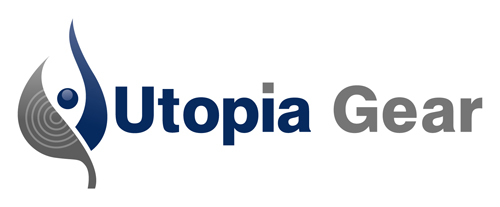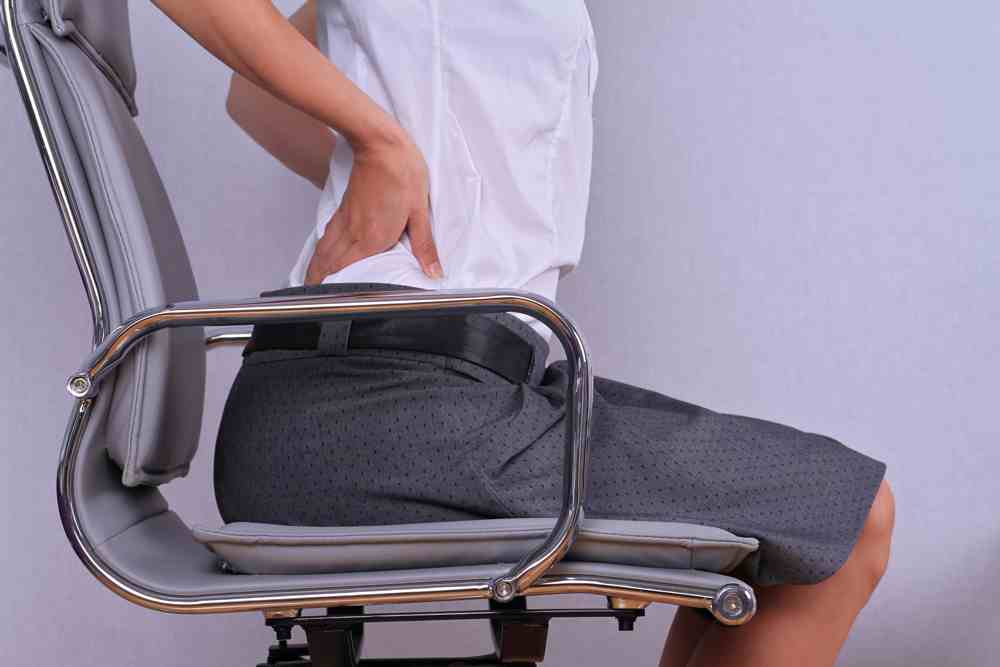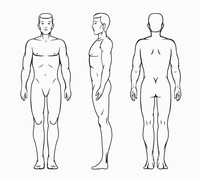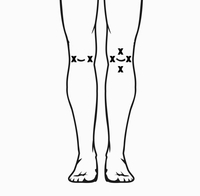Proper Electrode Placement for Neck Pain and How to Benefit using TENS therapy for Neck Pain
According to Harvard University, doctors estimate that in some point in their lives, seven out of 10 people will have neck pain. Work, poor posture, trauma (such as as a result of a car accident), and overuse are common causes of neck pain. Some symptoms of neck pain include aching, shooting, burning, and/or throbbing.
Various neck pain therapies include cold packs, medication, rest, and in some cases electrical stimulation such as TENS or Transcutaneous electrical nerve stimulation.
How to Use the TENS Unit for Neck Pain
Many people find relief of their sudden neck pain by using a Utopia Gear TENS unit. The best way to use a TENS unit for neck pain include:
Starting on the lower part of the neck and moving higher up the neck gradually if needed(see illustration below).
Using smaller electrode pads ( 1.24"(W) X 1.63"(H) X .13"(D)), which are great for areas such as the neck.
Keeping the lead wires angled towards the ground to avoid the pads from becoming top heavy; this is important as this will make the pads adhere to the skin better.
The hairline is the highest part of the neck the pads should be placed. Four pads can be ran at the same time(see illustration below), but two is usually the preferred amount. Keep in mind that the higher up the neck you place the pads, the stronger the device will feel. This is why it is advised to start a little lower on the neck and why most people prefer the more gentler modes on all of Utopia Gear's models.
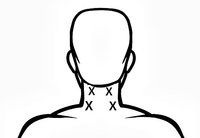
What Causes Neck Pain?
A stiff neck or neck pain is typically not anything to worry about and is a common problem. The pain usually subsides after a week or less. It’s usually a result of sleeping in a wrong position, bad posture, or using the computer for long periods of time. Stress and anxiety can cause tension in the muscles of your neck in some cases too. Other common causes of neck pain could include the following:
Locked or Twisted Neck
Often people can wake up with their neck stuck in a twisted position. This is referred to as acute torticollis and is the result of an injury to the muscles in the neck. There is no known cause for this; however, sleeping without supporting the neck, bad posture or carrying heavy loads that are not balanced like a heavy bag, for instance could be a cause. This condition lasts usually around 24 to 48 hours, but could take over a week to recover.
Neck Wear and Tear
In some cases, 'wear and tear' in the neck can lead to pain. This happens to the joints and bones in your neck and is a form of arthritis called cervical spondylosis. This condition happens as you age naturally and doesn't always have symptoms except maybe a stiff neck in some people when the bone changes. Nerves nearby can often be squashed leading to pain radiating from your arms, numbness in the legs and hands and pins and needles. Treatment improves this condition in as little as a few weeks.
Whiplash
When your head is suddenly moved forwards, sideways, or backwards it can lead to whiplash. A sudden impact, like a car accident, is often the cause. When the head is moved vigorously, it damages and overstretches the ligaments and tendons of the neck. In addition to stiffness and pain, whiplash can also cause headaches, painful and reduced neck movements and tenderness in the muscles of the neck.
Pinched Nerve
When a pinched nerve causes neck pain, it's referred to as cervical radiculopathy. Typically, one of the discs that is located between the bones of the vertebrae (upper spine) splits open and leads to gel distending to a nearby nerve outwardly. Older people often get this condition since when you age, you lose water in your spinal discs which results in them becoming less flexible and splitting. You can take painkillers to lessen the pain or in some cases, surgery.
More Severe Causes
If you notice your neck pain is getting progressively worse or more persistent, chances are you might have a more serious case. Other symptoms to look for include:
Problems walking
Not being coordinated
Fever
Loss of bowel or bladder control
Weight loss that is unexplained
More serious cases usually result from a trauma like a fall or car accident or if cancer runs in your family or other conditions like HIV that weakens your immune system. Always speak to your physician when you have neck pain, especially severe and prolonged neck pain.
Special Considerations for Using a TENS Unit for Neck Pain
When using a portable tens unit, there are precautions you should take. If you fall asleep while the electrostimulation intensity is too strong, you could end up with an electrical burn on the area where you placed the adhesive pads. The great thing about modern TENS/EMS devices is most have a built in timer to avoid this situation.
If you are experiencing numbness over the area that is injured, this could lead to you turning the intensity up too strong and again causing an electrical burn. Remember, the higher up the neck you place the pads the stronger the device will feel. People usually prefer more of the gentler settings on the neck as opposed to the more aggressive modes. Overall, a stim machine is easy to use, safe, and is a great way to provide effective acute or chronic neck pain relief.
If you believe that a TENS device or an electronic muscle stimulator (EMS) unit could benefit you concerning your neck pain, purchase one from Utopia Gear today.
And if you have any questions about our products, call us toll free at 888-237-4997 or email us at customerservice@utopiagear.com. We’d love to answer any or all of your questions.
See Also:
_____________________________________________________________________________







